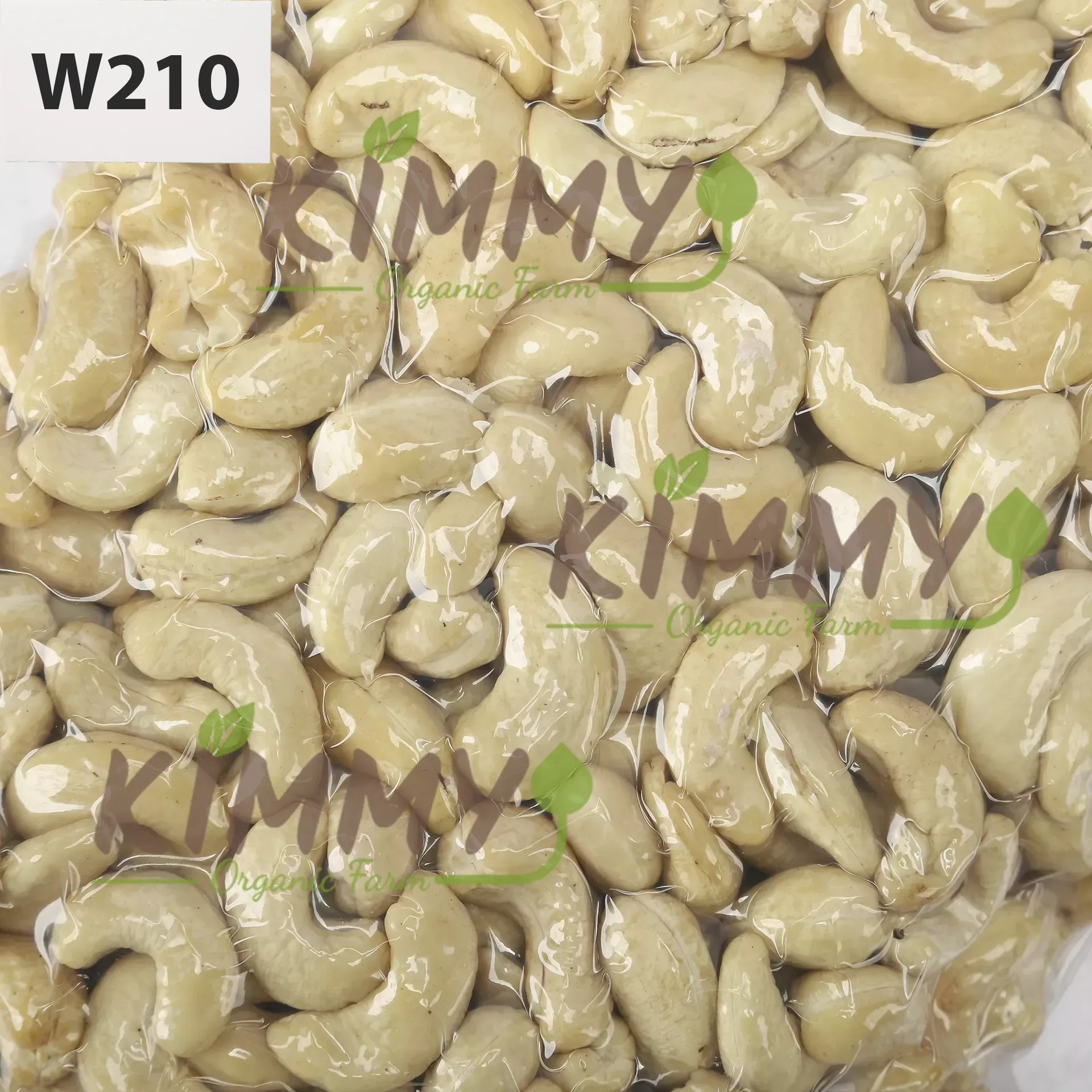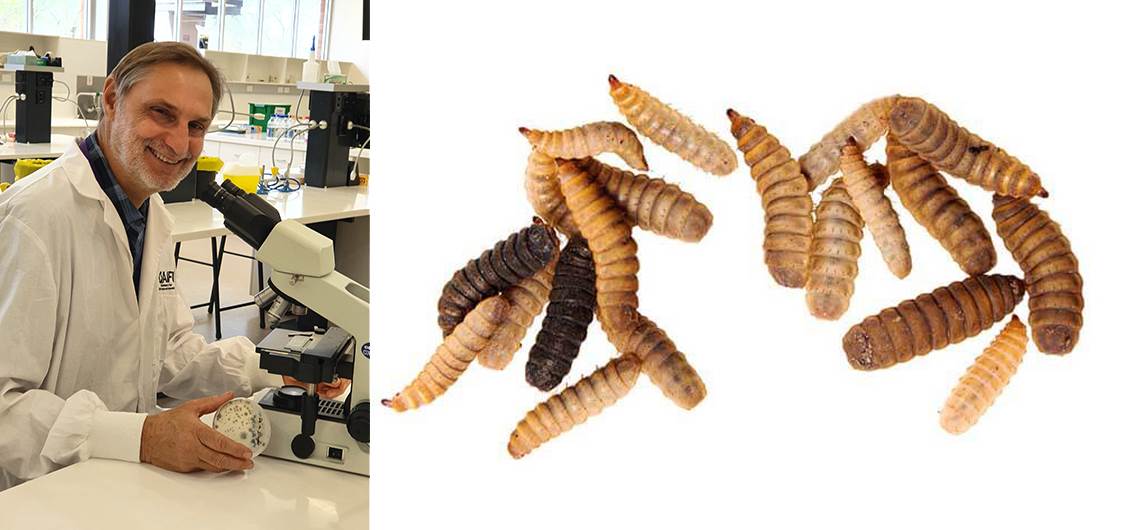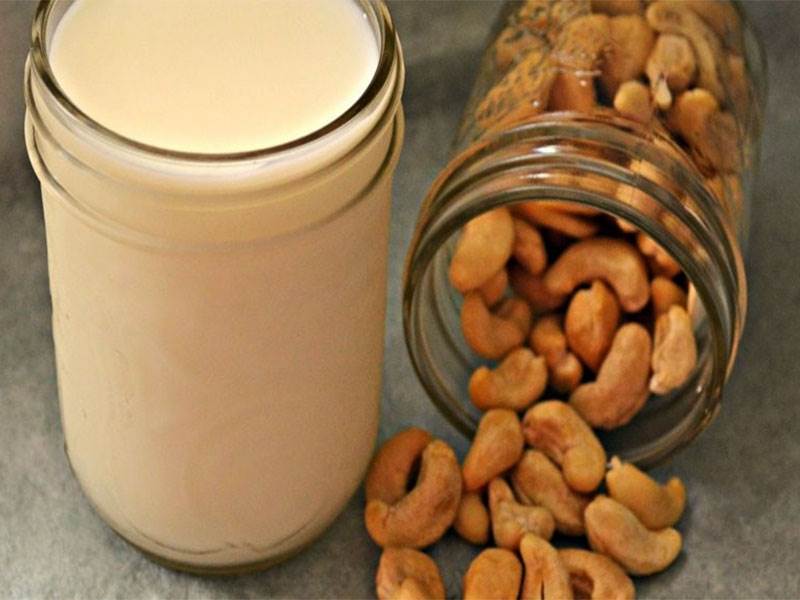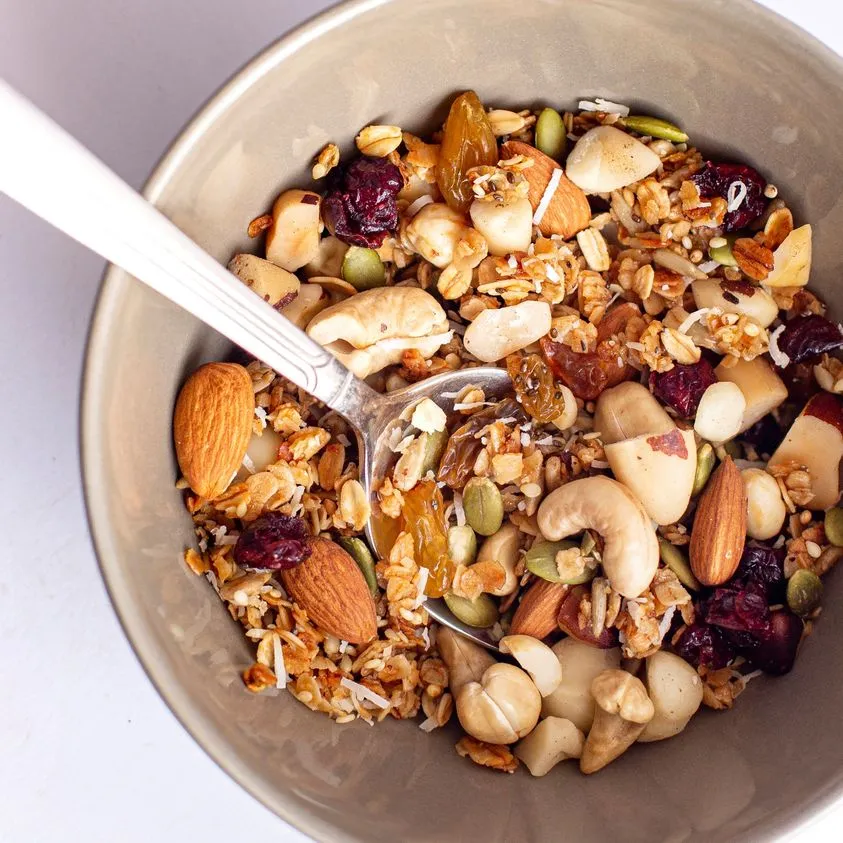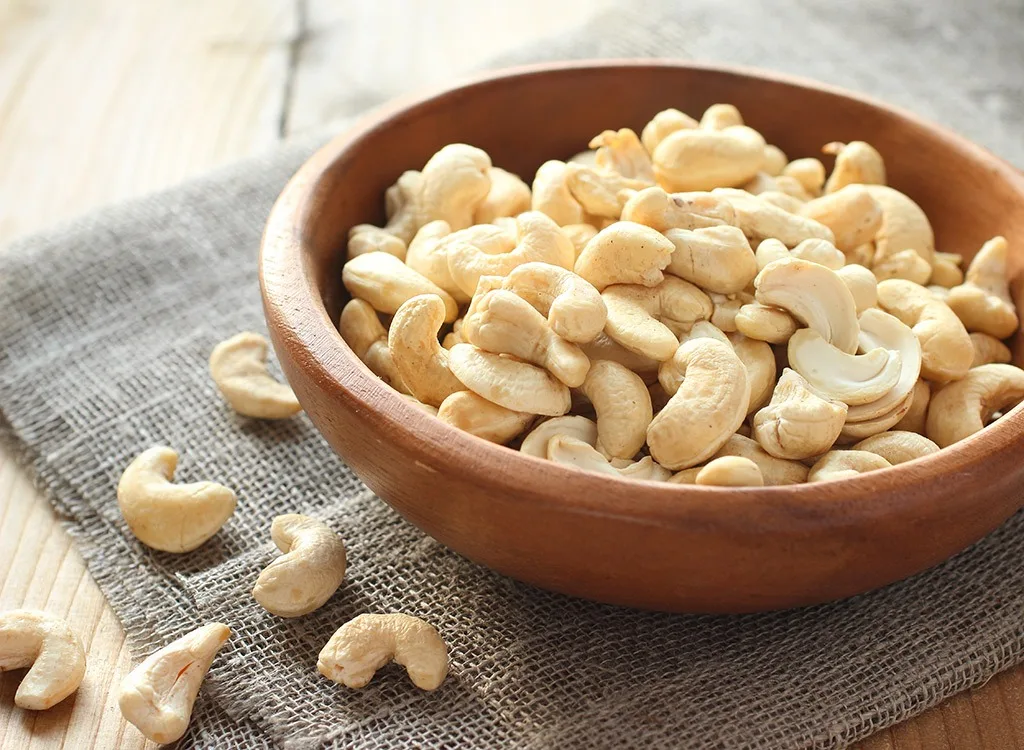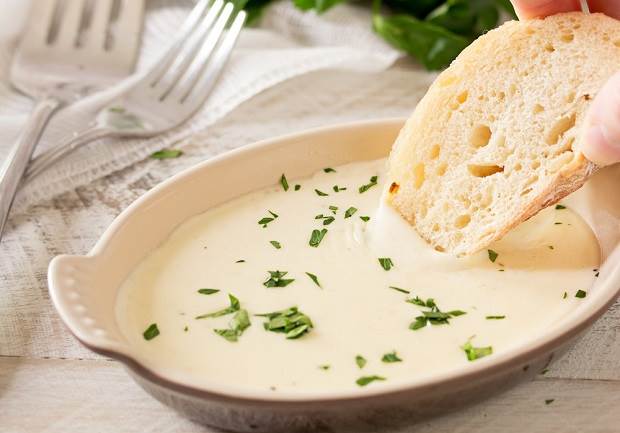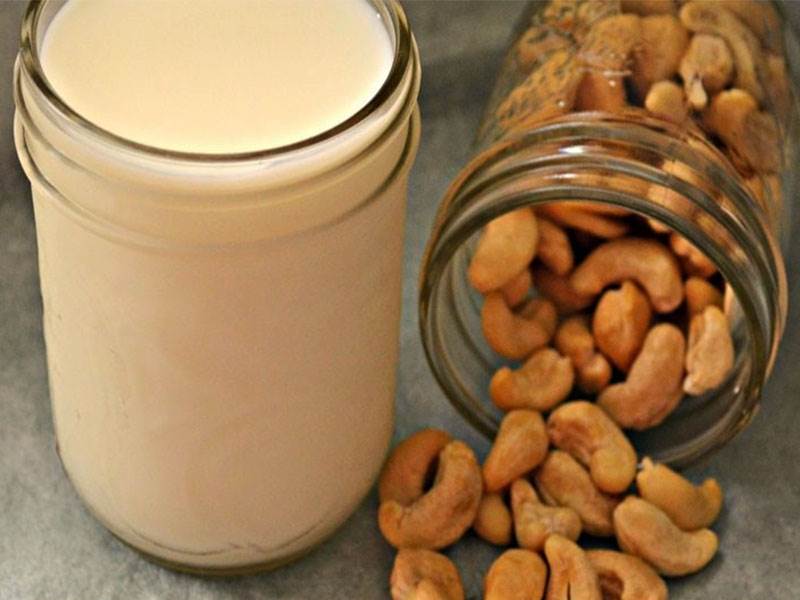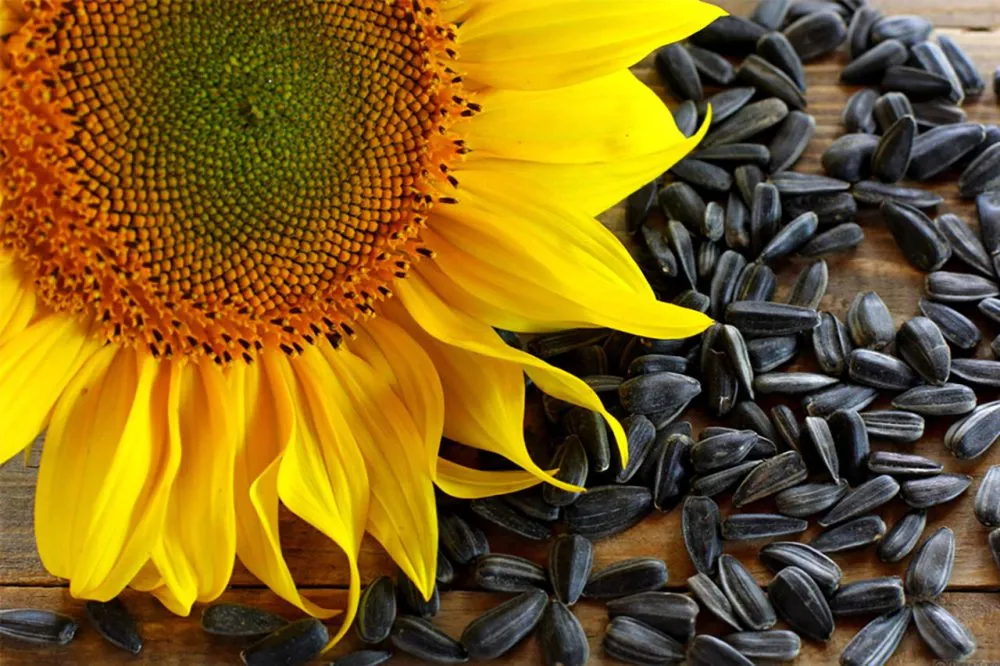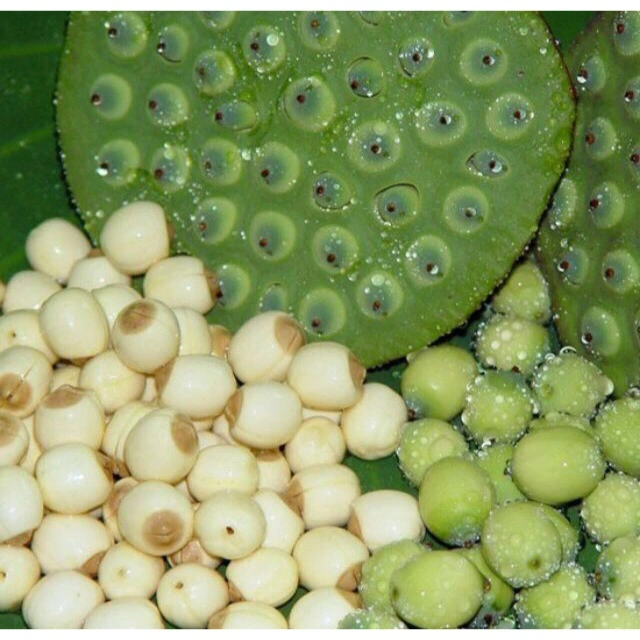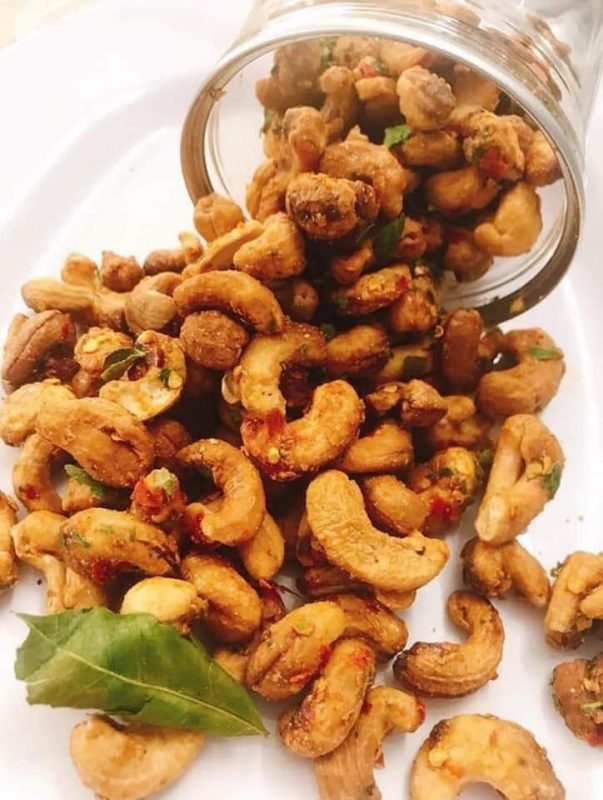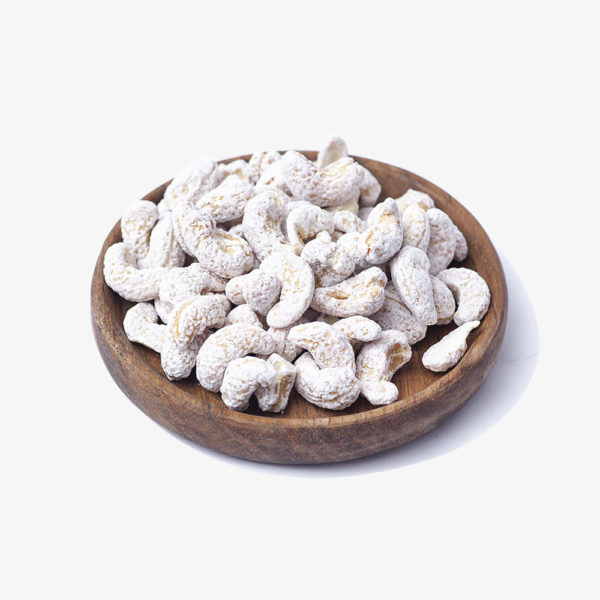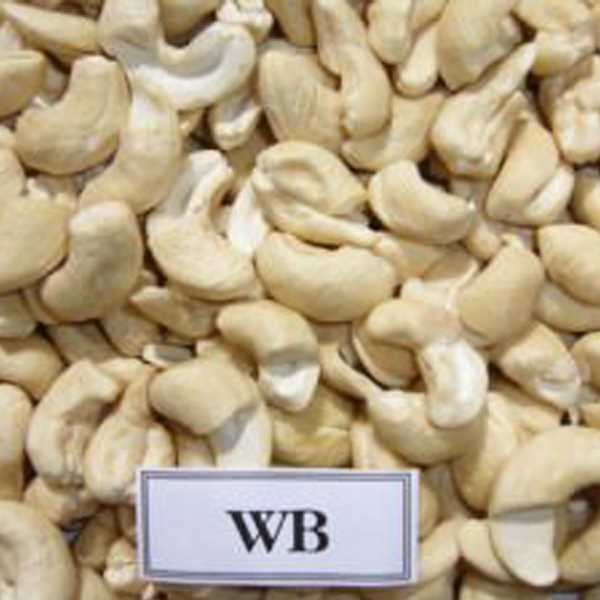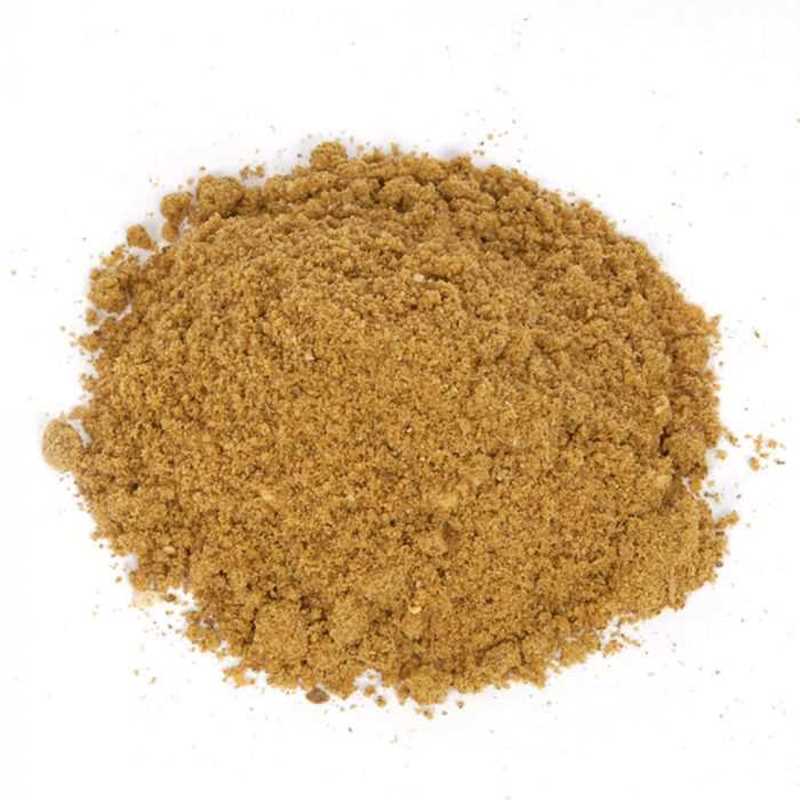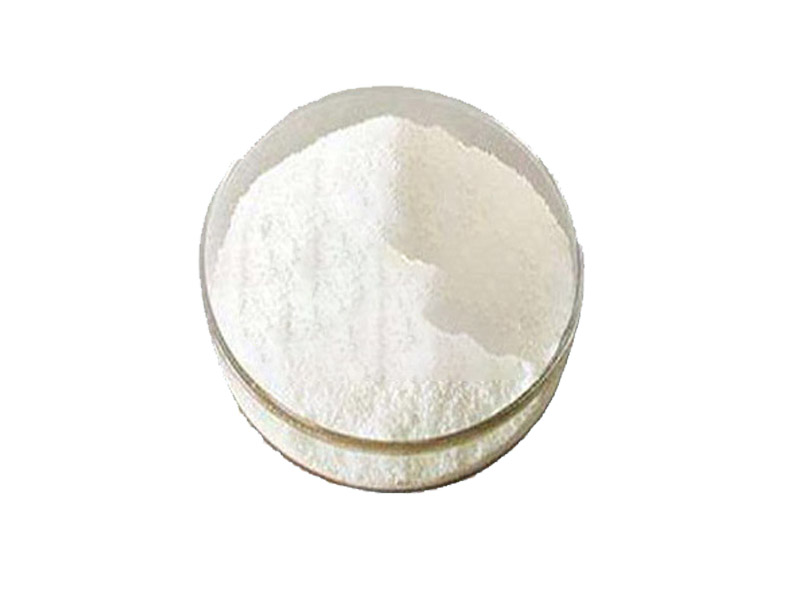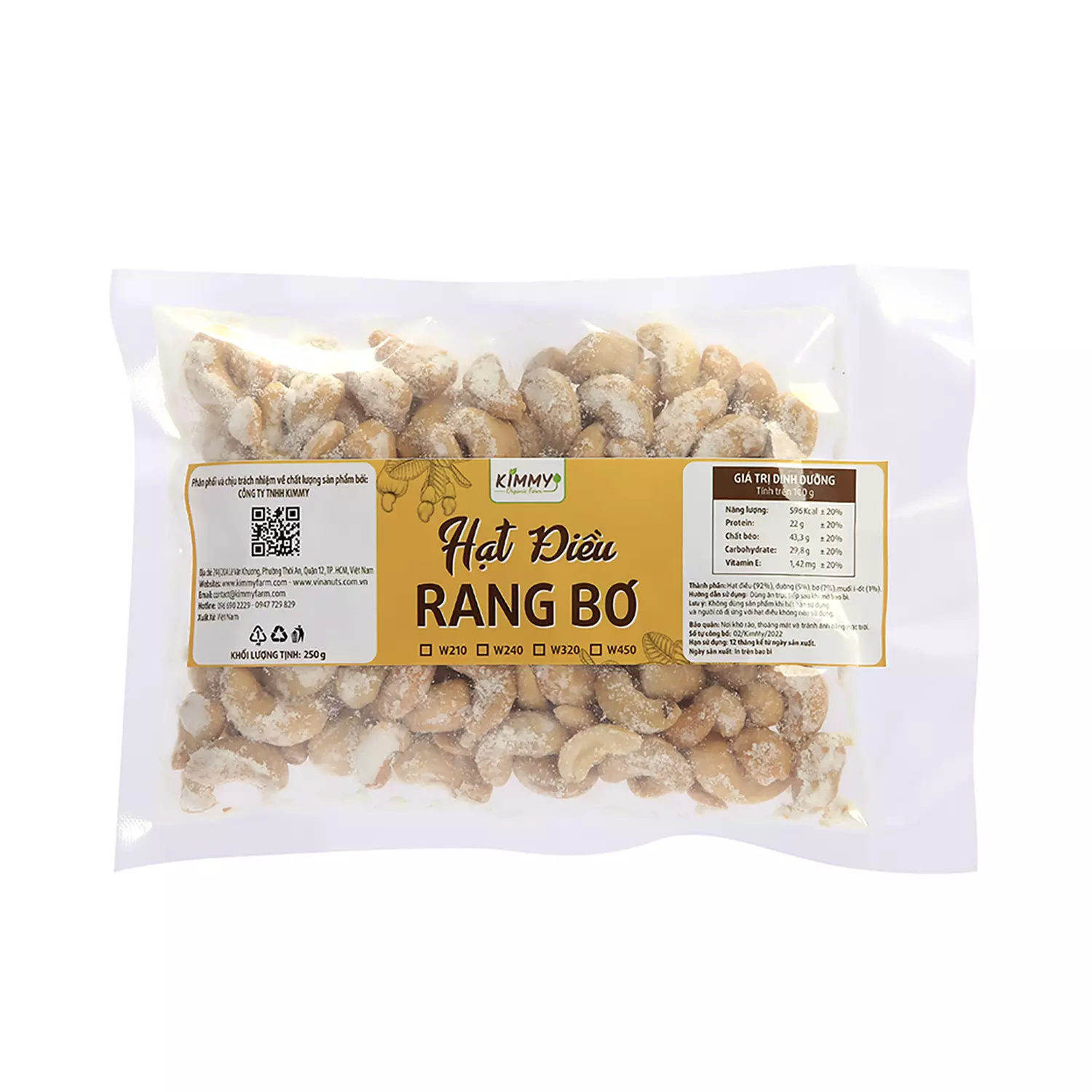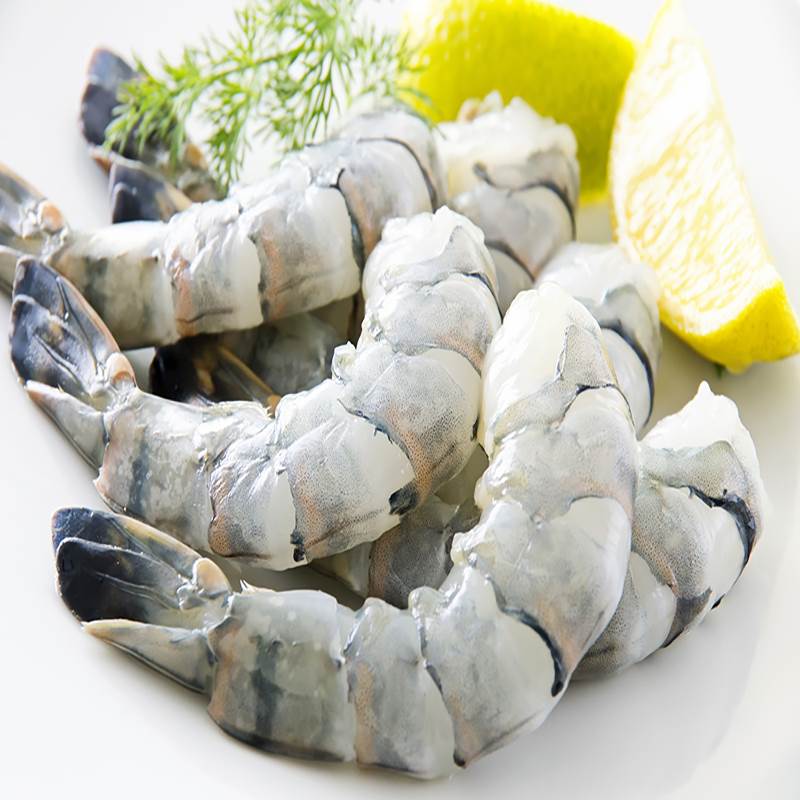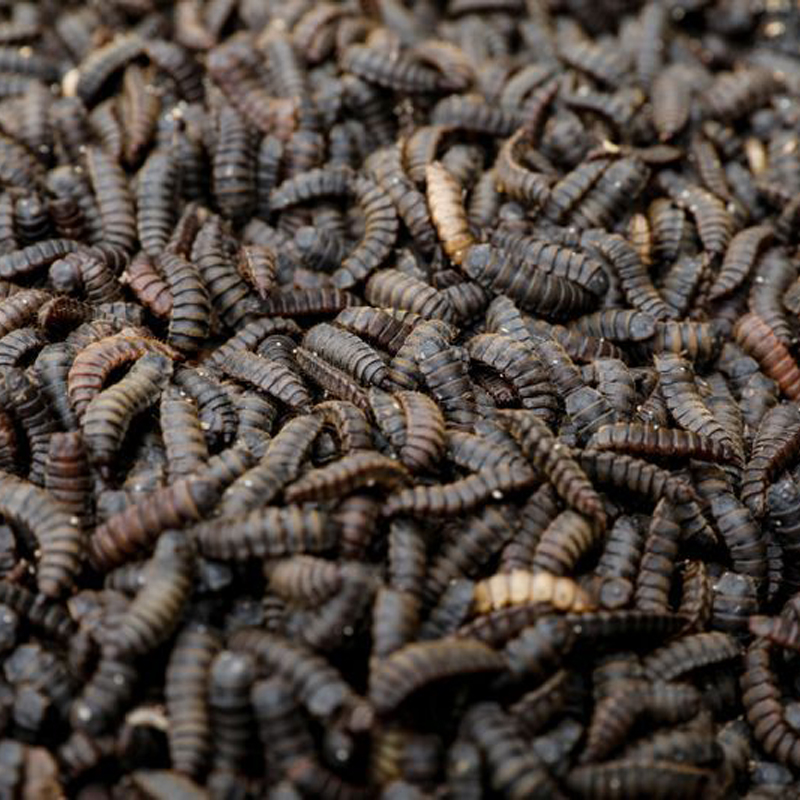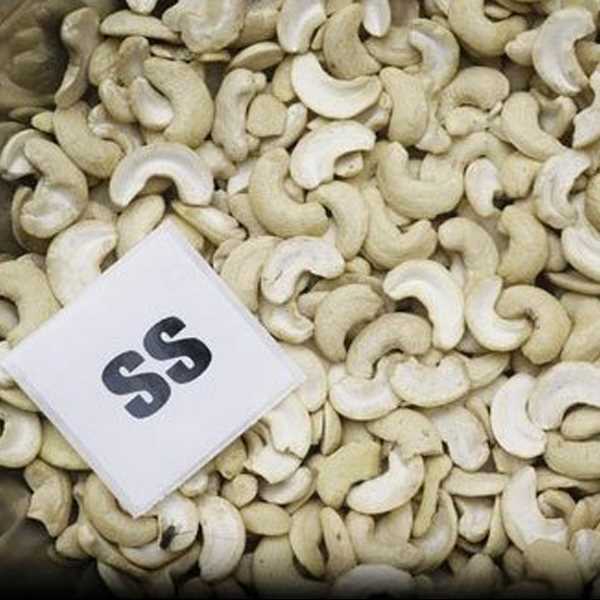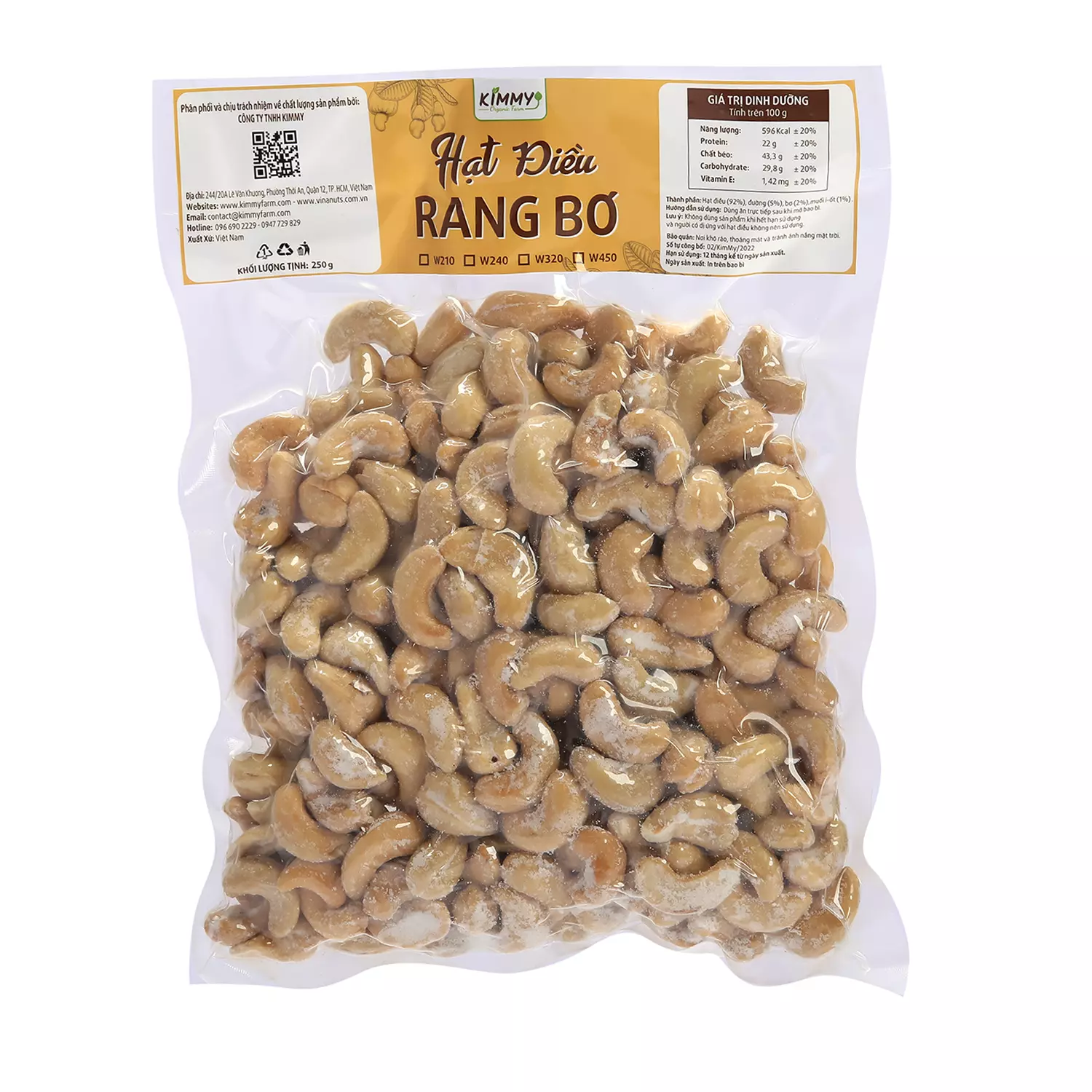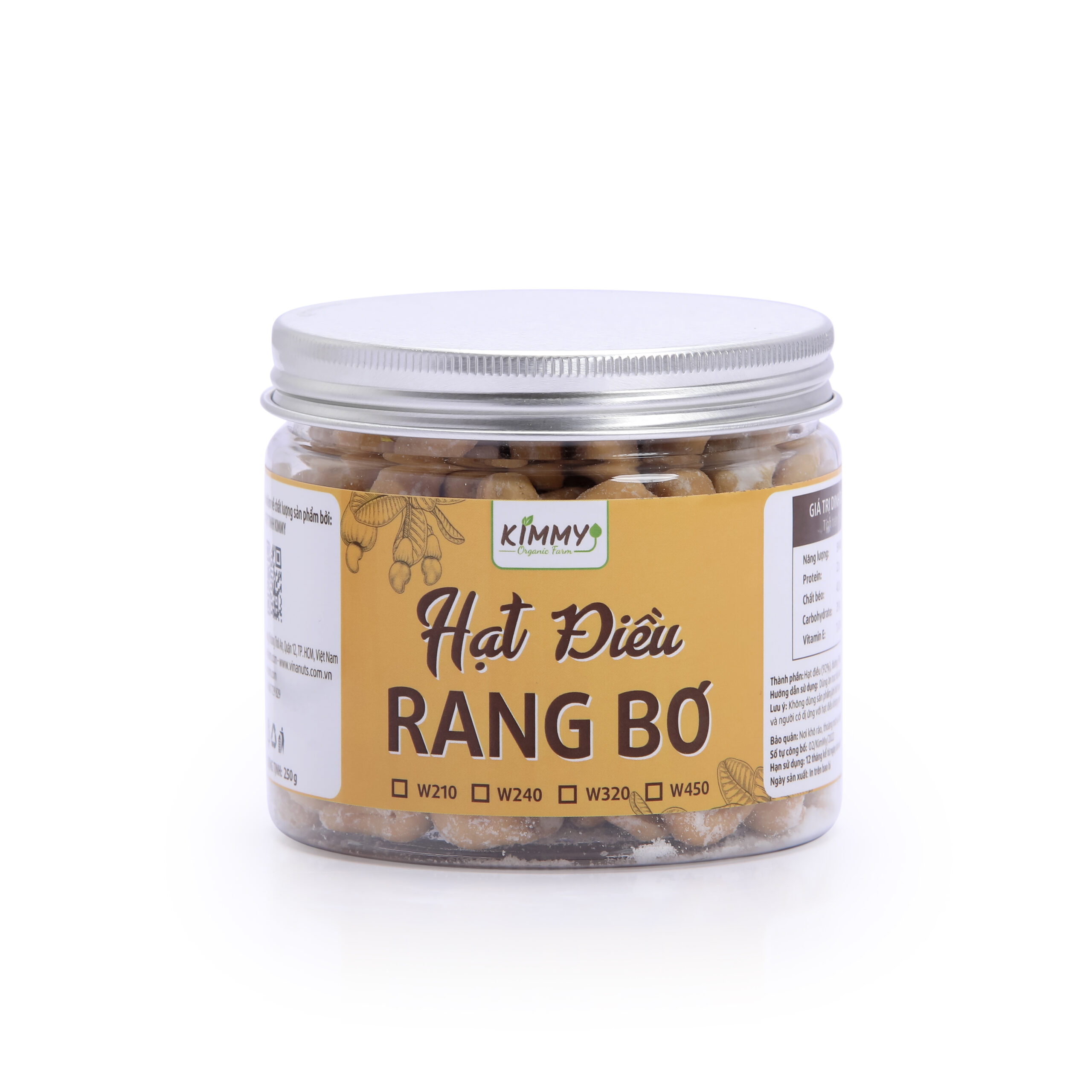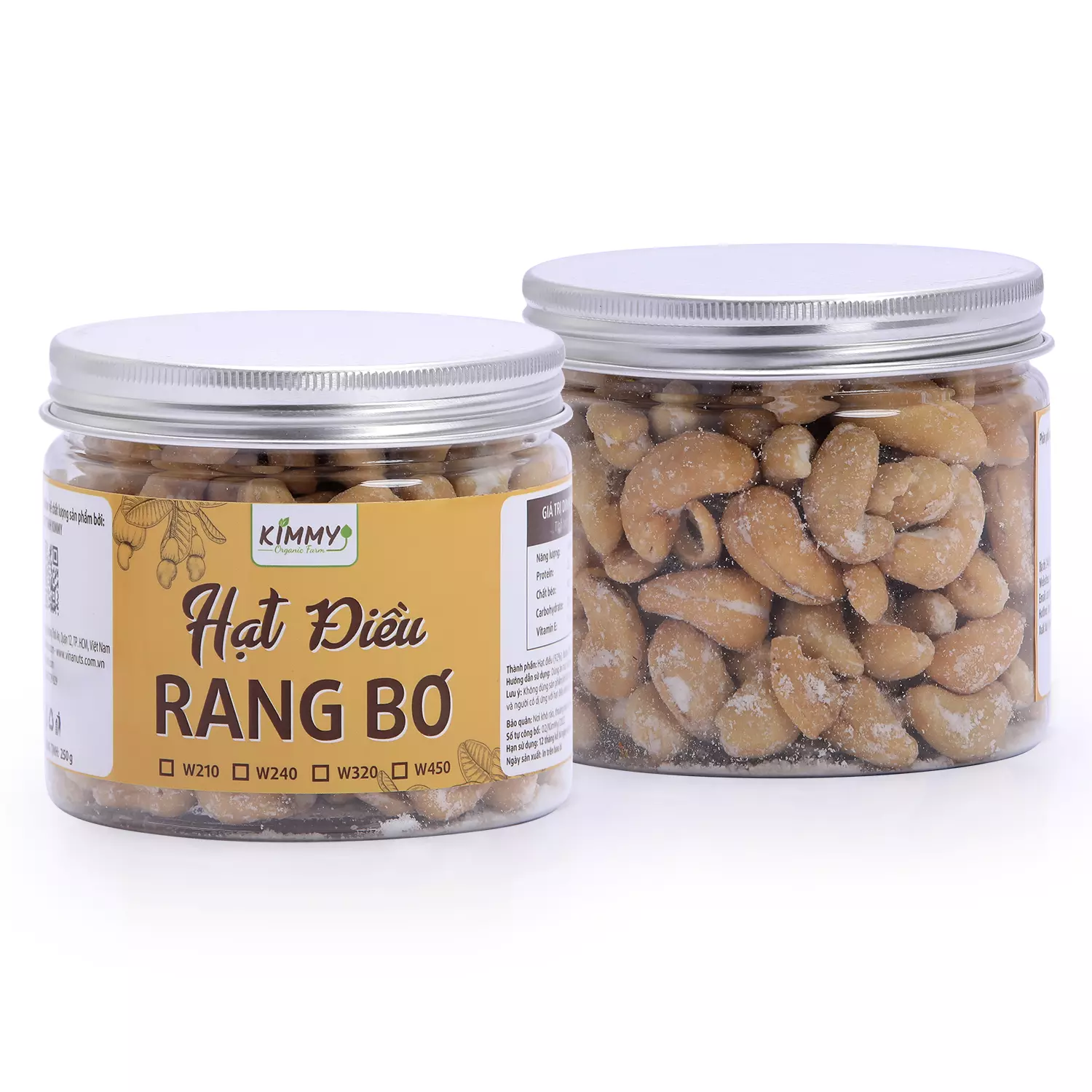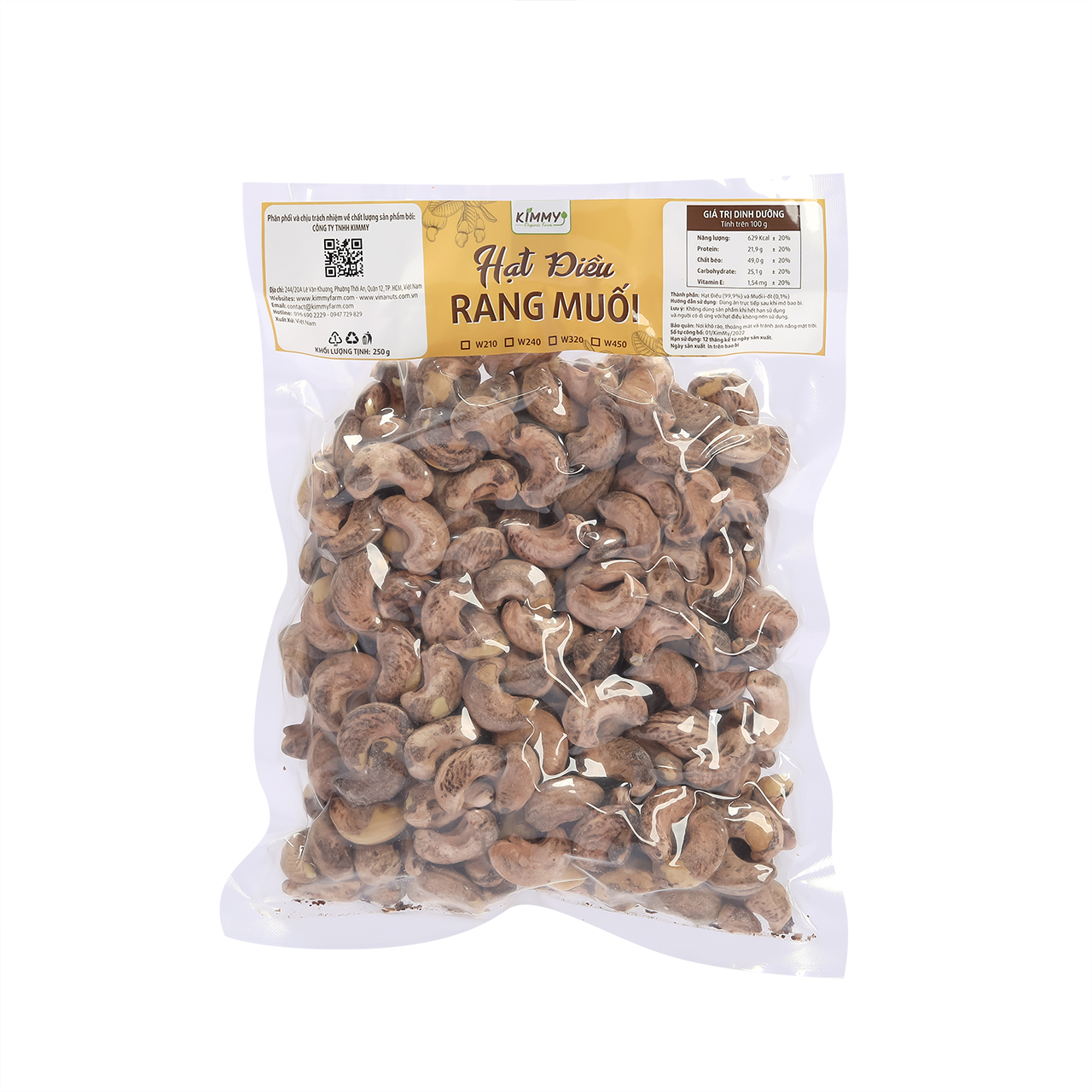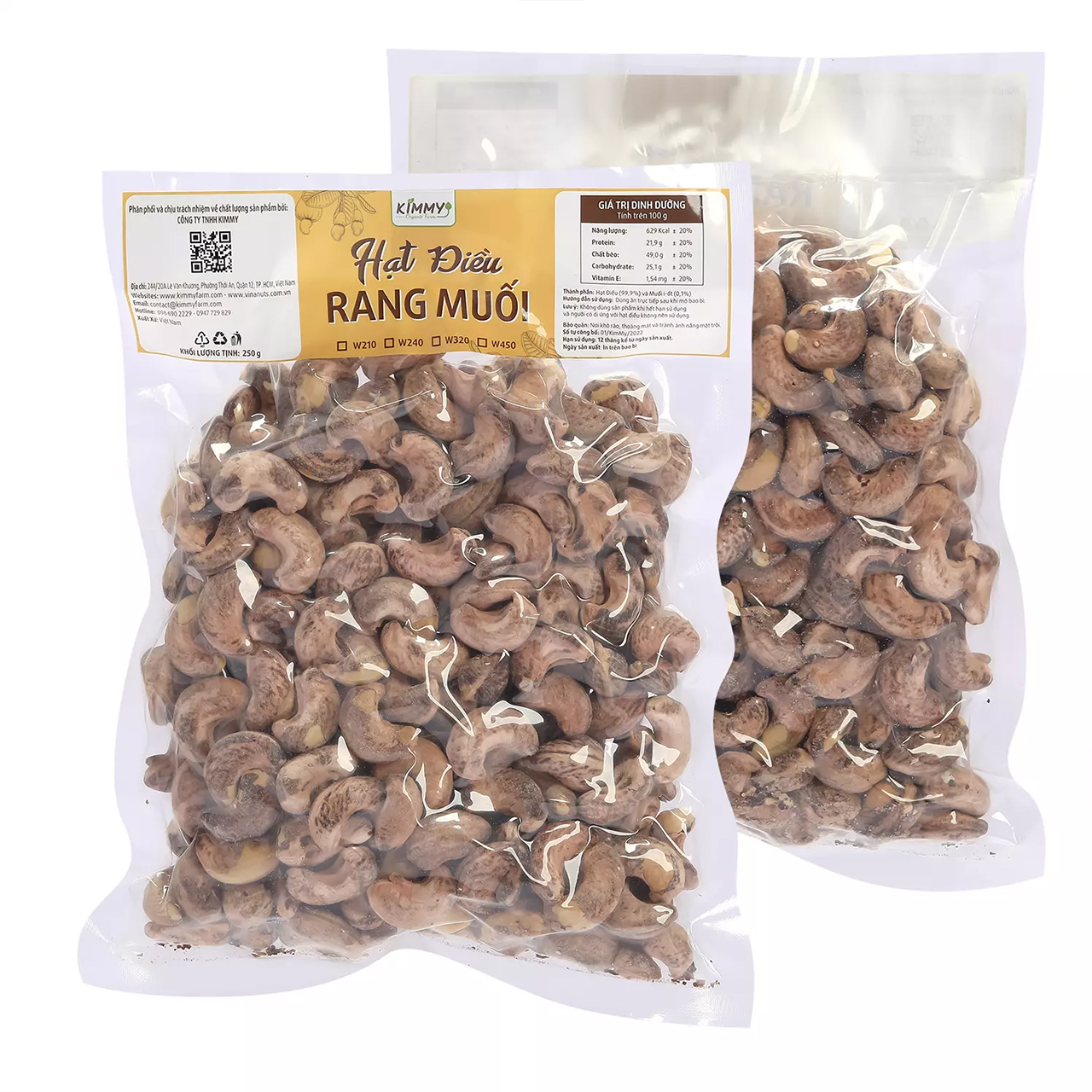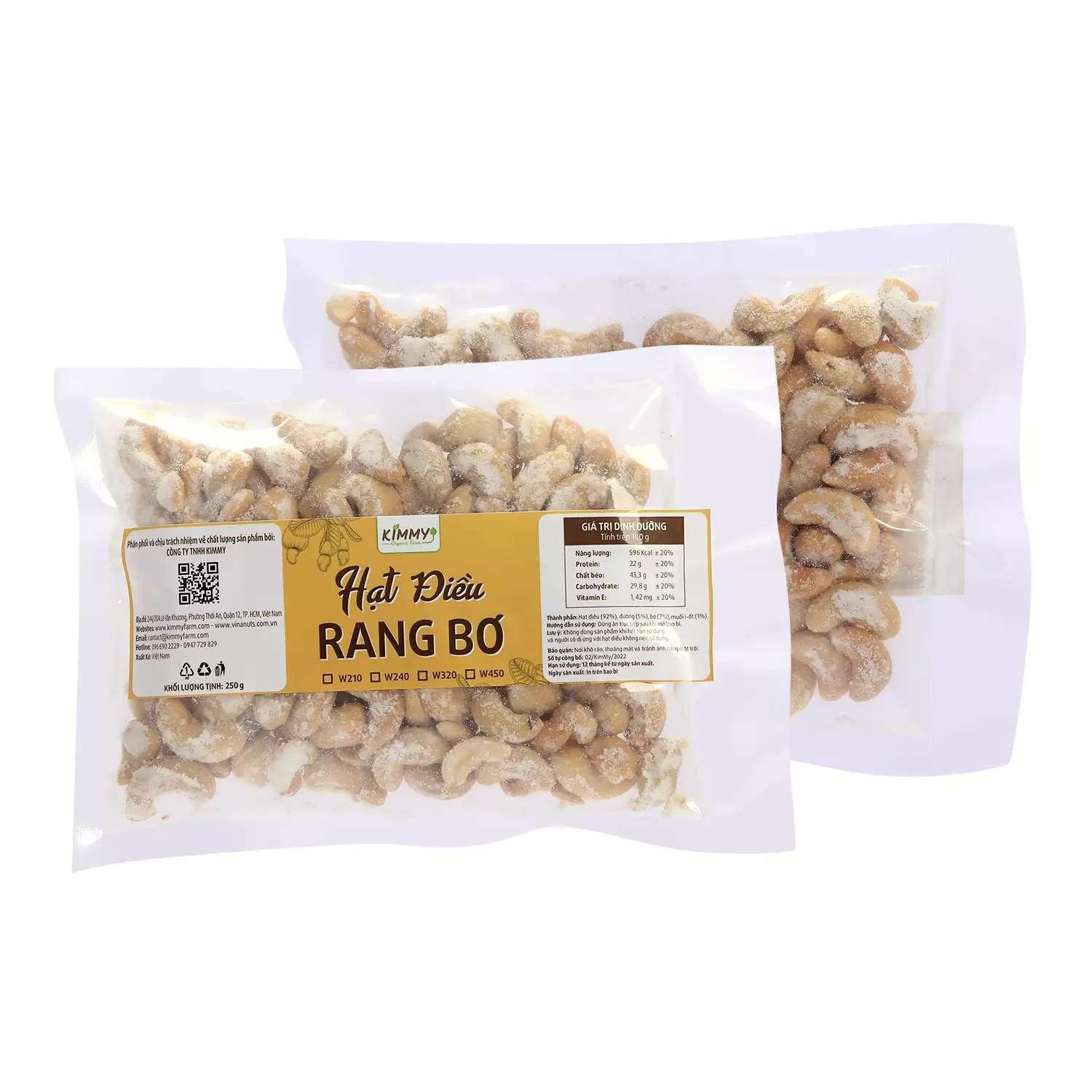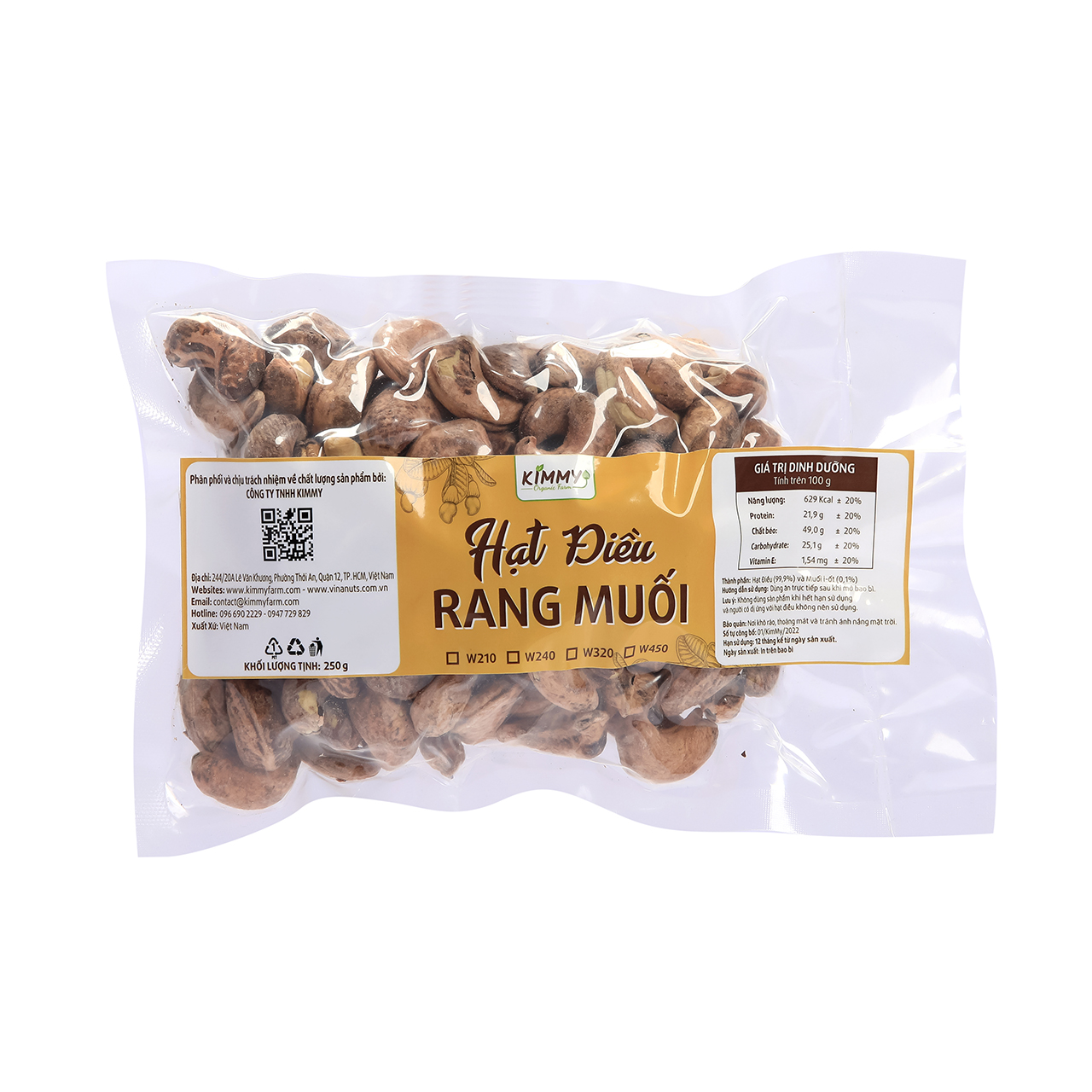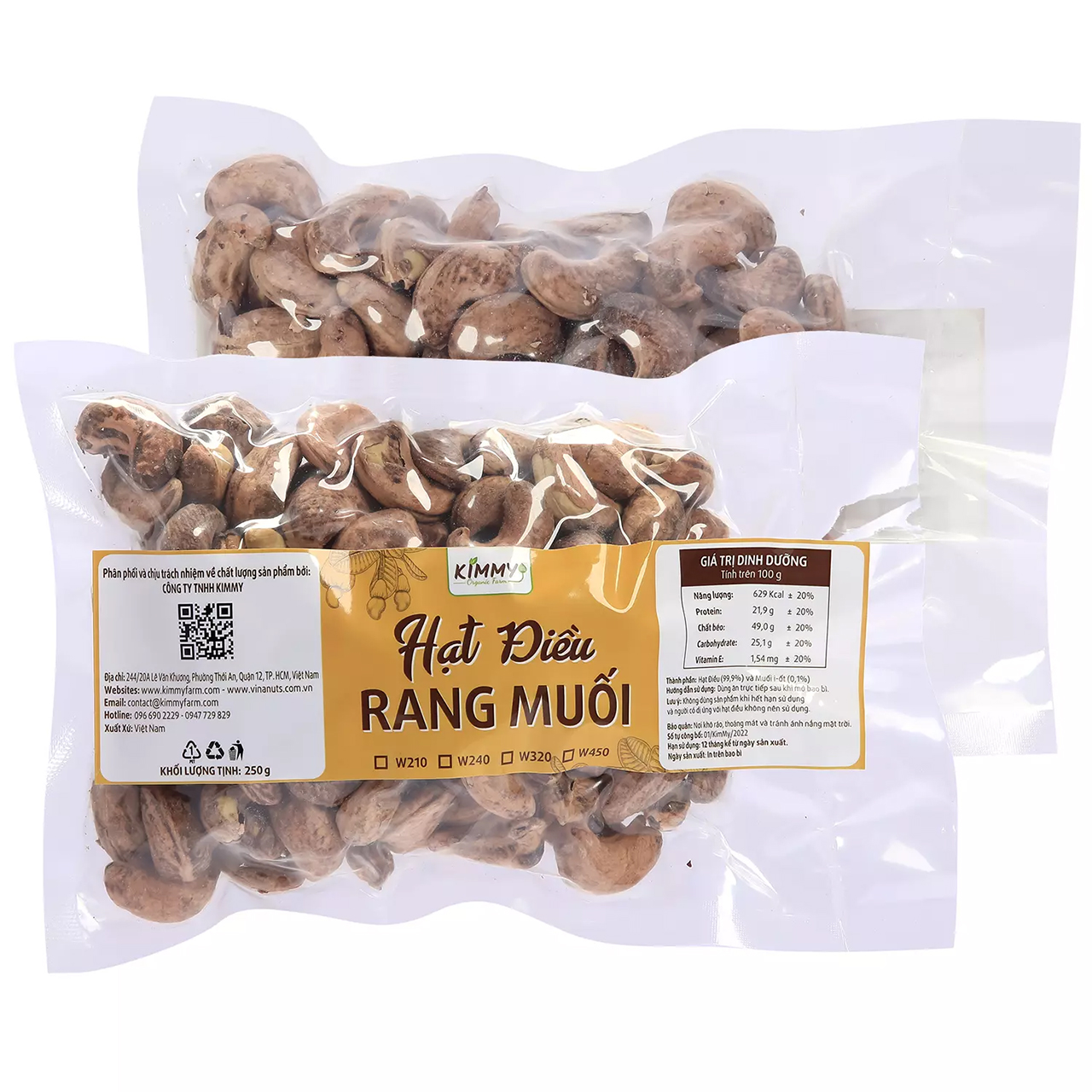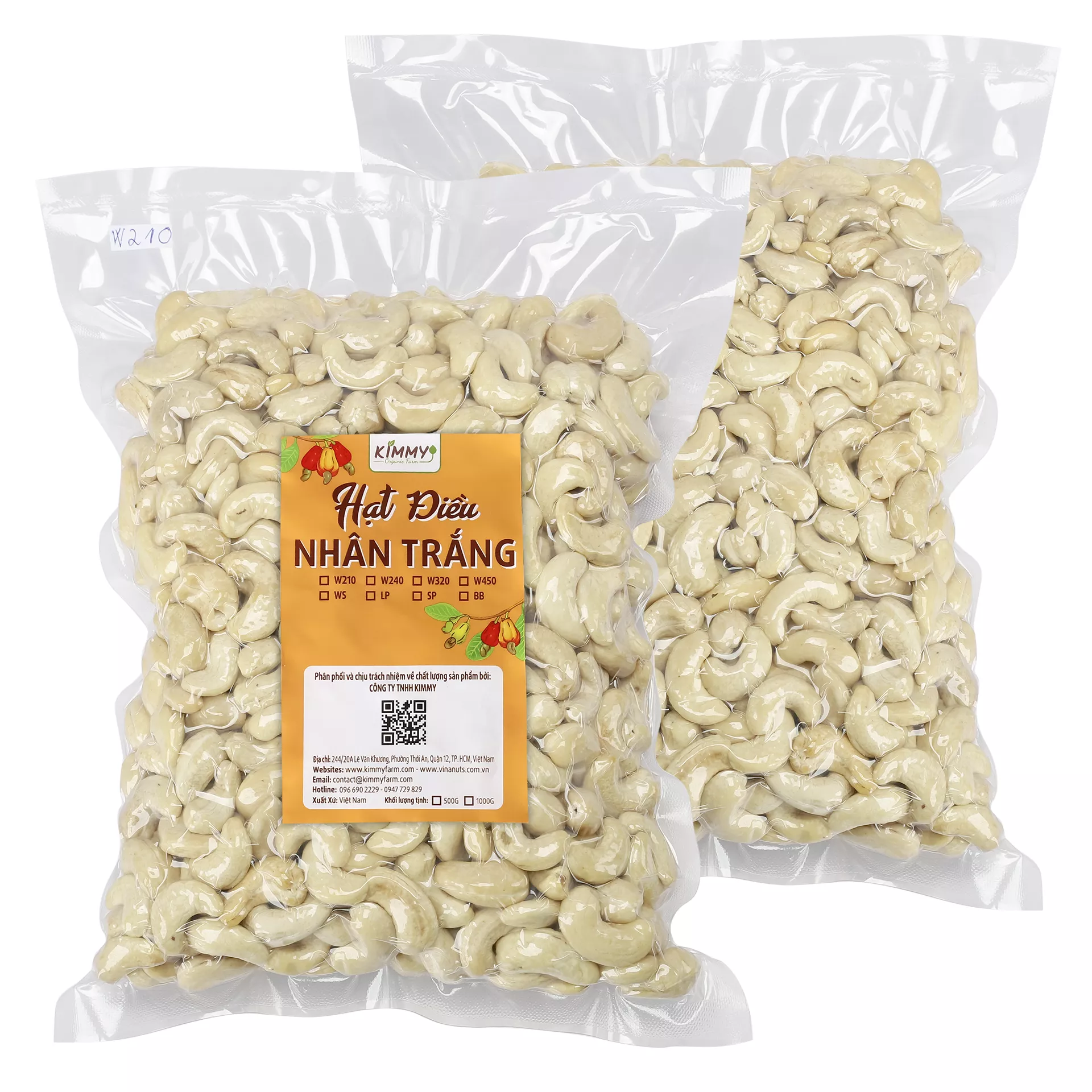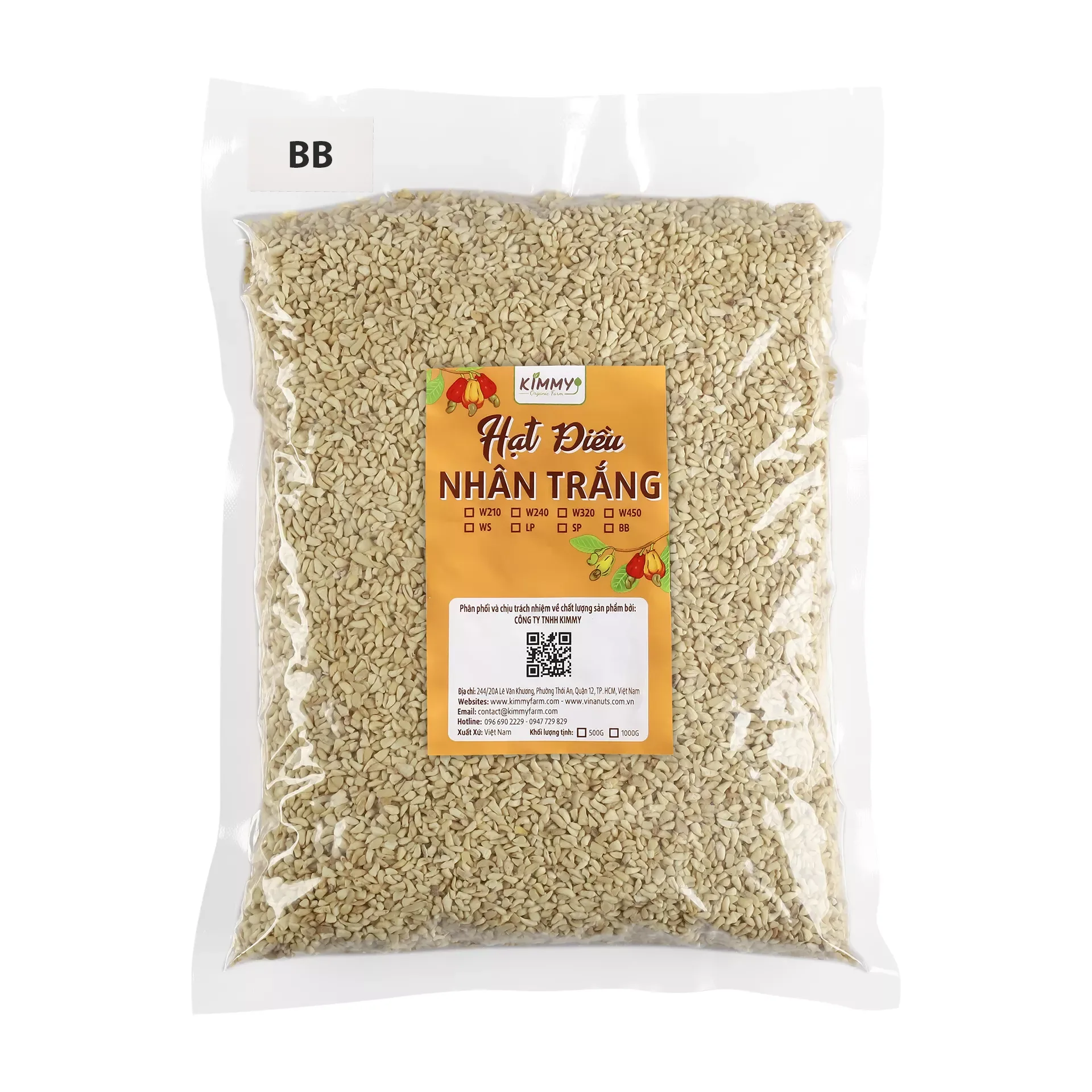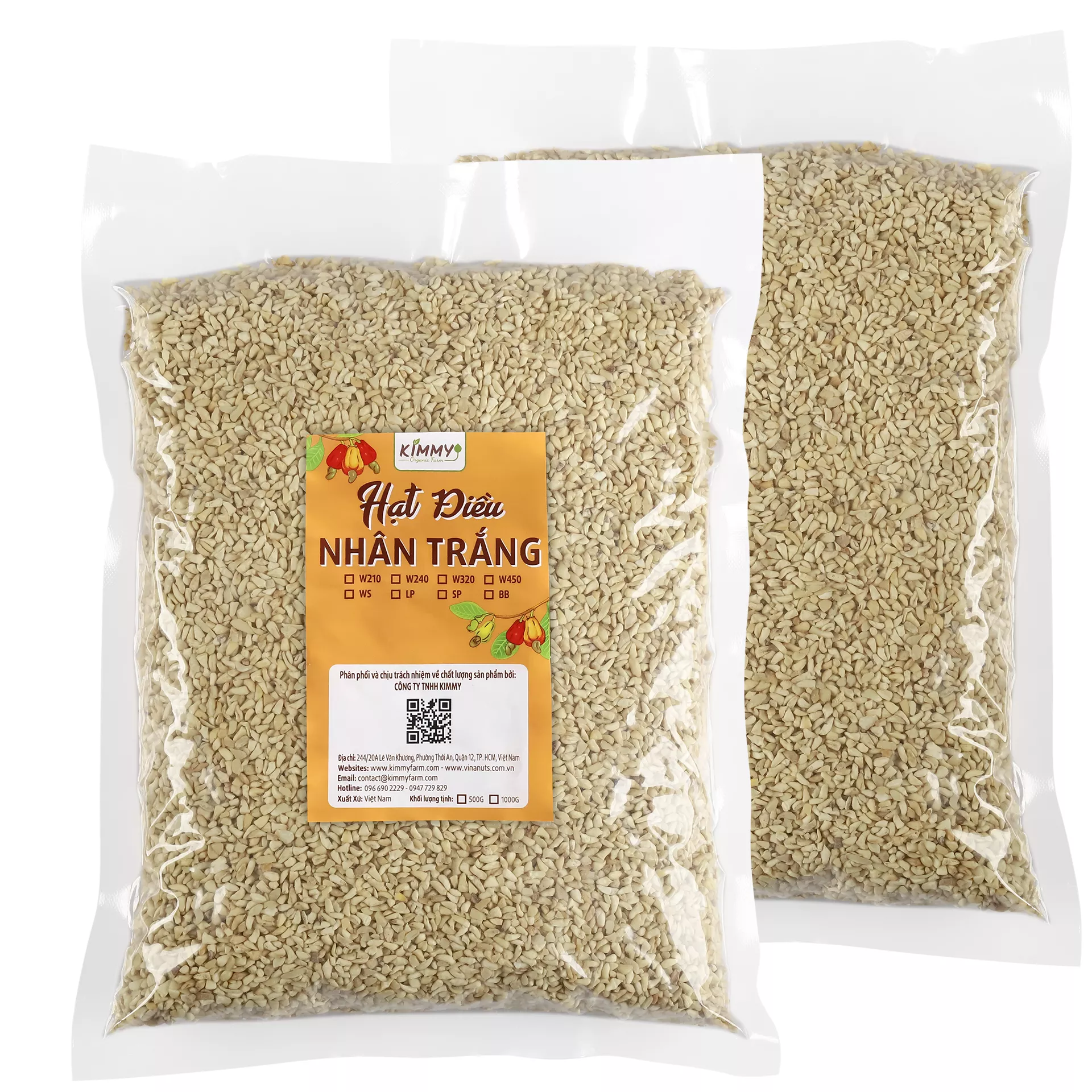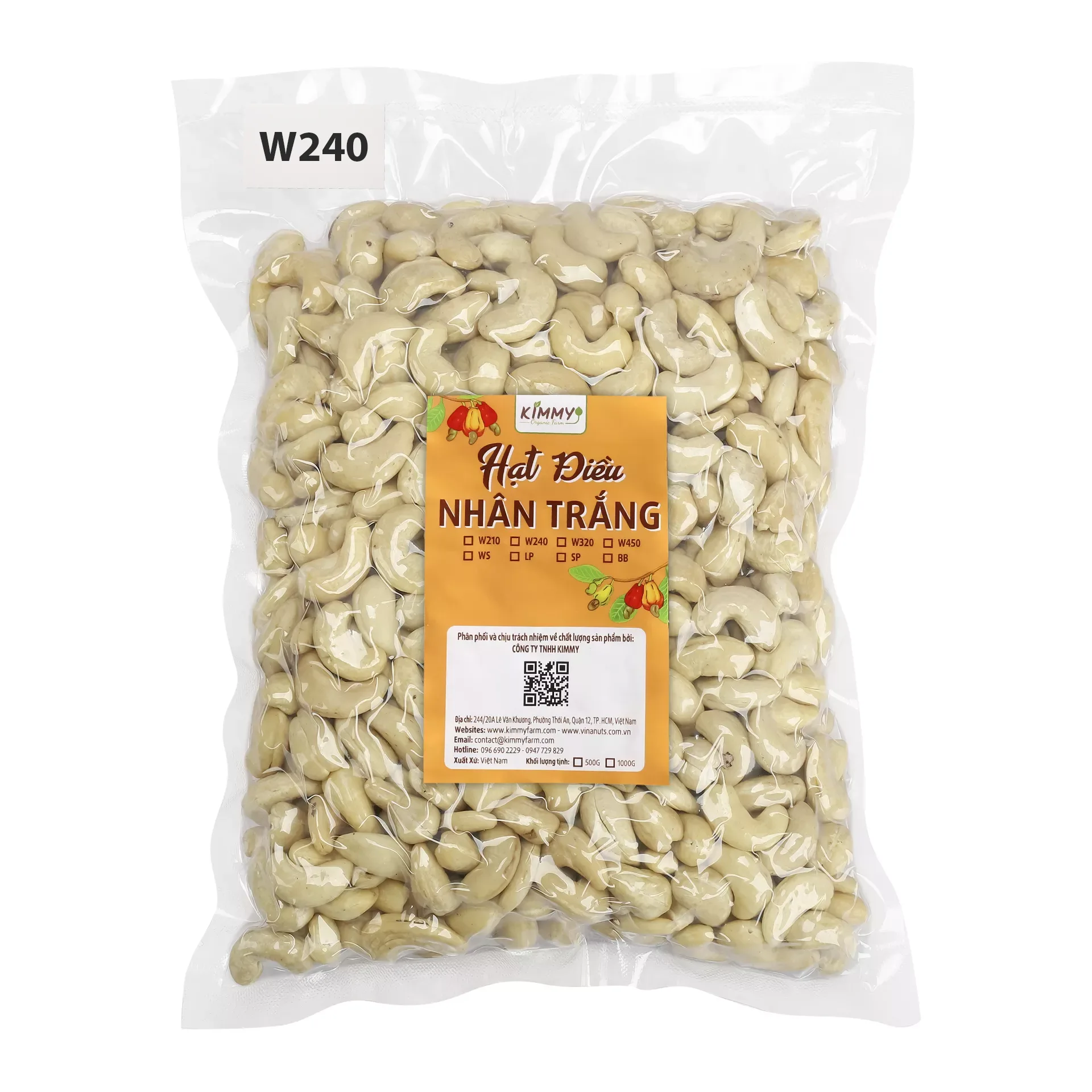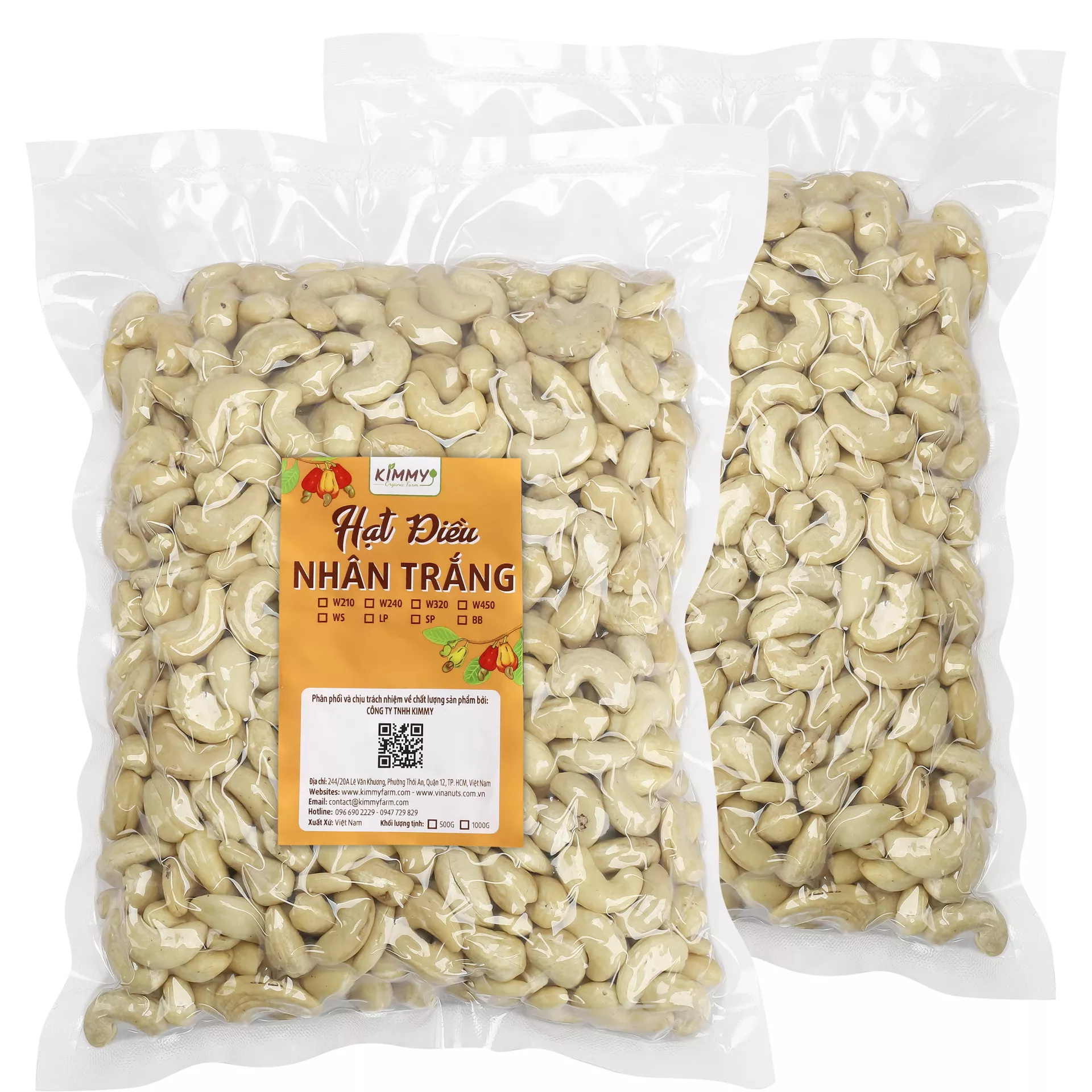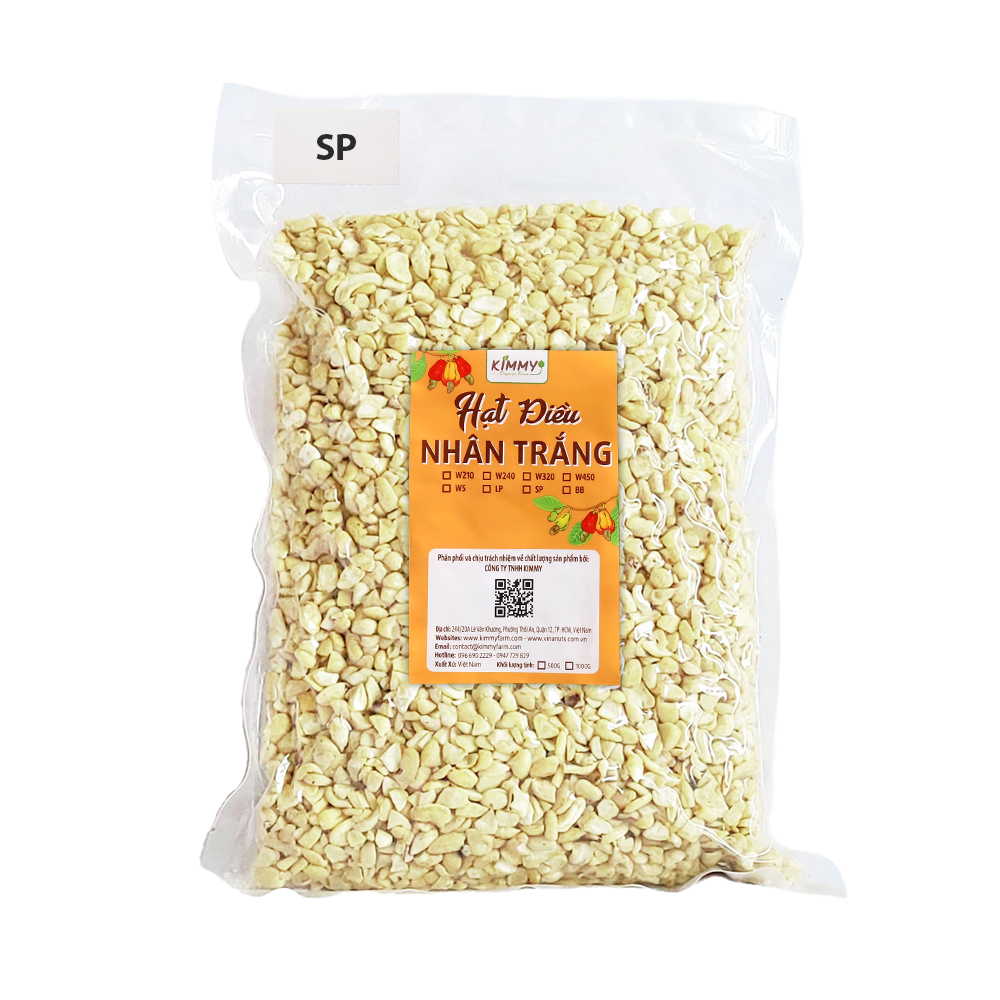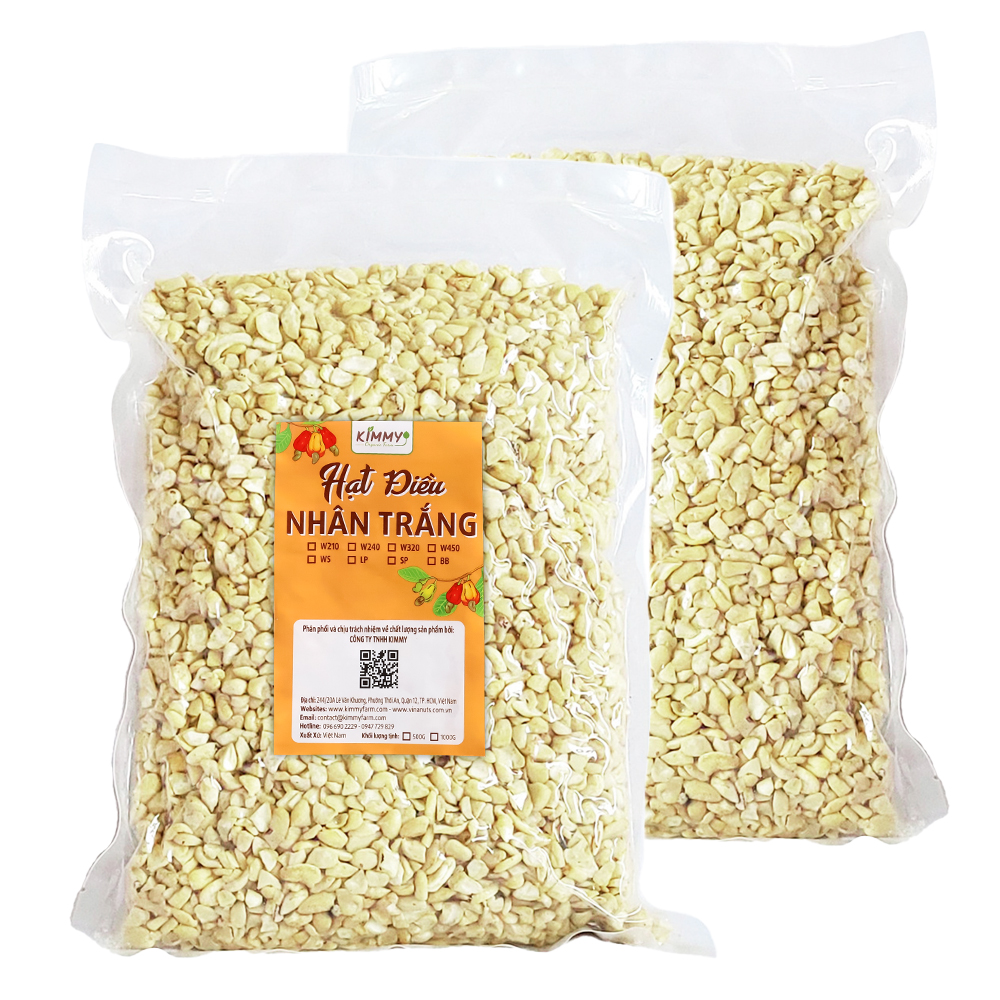At Kimmy Farm, we specialize in supplying high-quality Vietnamese cashew nuts to customers around the world. One of the most important things our partners and clients often ask is:
“How many kilograms of raw cashew nuts do you need to produce 1 kilogram of cashew kernels?”
In this article, we’ll walk you through the raw cashew nut (RCN) to cashew kernel ratio, what affects it, and what types of kernels are typically produced after processing. Let’s take a closer look.
What Is the RCN to Kernel Ratio?
This is the most basic figure showing how much raw material (RCN) is needed to produce the finished product (cashew kernels).
- Typical ratio: On average, 4.5 kg of raw cashew nuts are needed to produce 1 kg of cashew kernels.
- Why it’s important: This 22–23% yield (known as the “outturn”) helps buyers and processors estimate costs, efficiency, and profitability. The rest (roughly 77–78%) includes: Cashew shells (a by-product often used for oil), Testa (the thin skin), Moisture loss, Processing wastage.
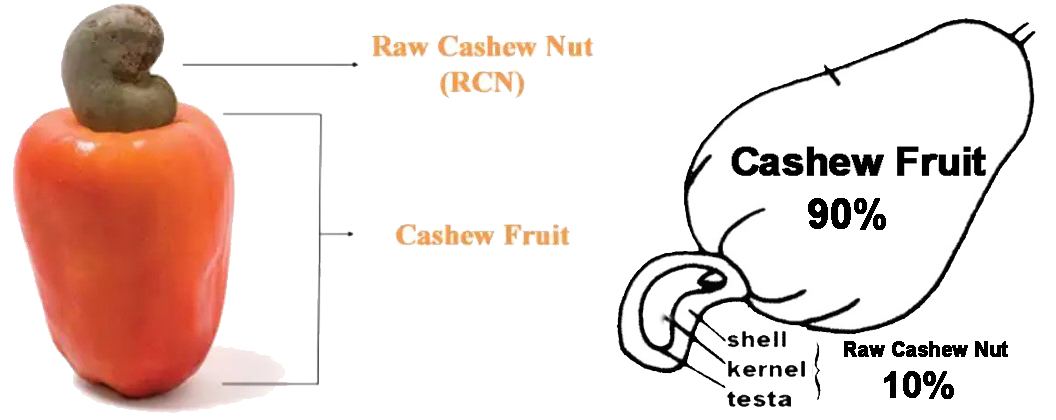
Grading of Cashew Kernels
After processing, kernels are sorted by size, shape, and condition into various grades. This affects both pricing and usage (e.g., premium grades for export, broken grades for snacks or confectionery). Here’s how the kernel output is distributed from 1 kg of processed kernels, based on your image data:
| Kernel Grade | % Yield | Description |
|---|---|---|
| W320 | 45% | Whole White kernels, 320 nuts per pound – most popular export grade due to balance of size and cost. |
| W240 | 20% | Whole White, larger size (240 nuts per pound) – considered premium grade with higher value. |
| WS (White Splits) | 10% | Whole kernels that split naturally during processing – still white and high quality. |
| W450 | 5% | Smaller whole white kernels – lower price, but still desirable for certain markets. |
| LP (Large Pieces) | 3% | Broken large pieces – used in snacks, granola, and baking. |
| SP (Small Pieces) | 2% | Smaller broken pieces – suitable for processed foods and pastes. |
| BB (Baby Bits) | 1% | Very small bits – often used in sweets, flours, or cashew butter. |
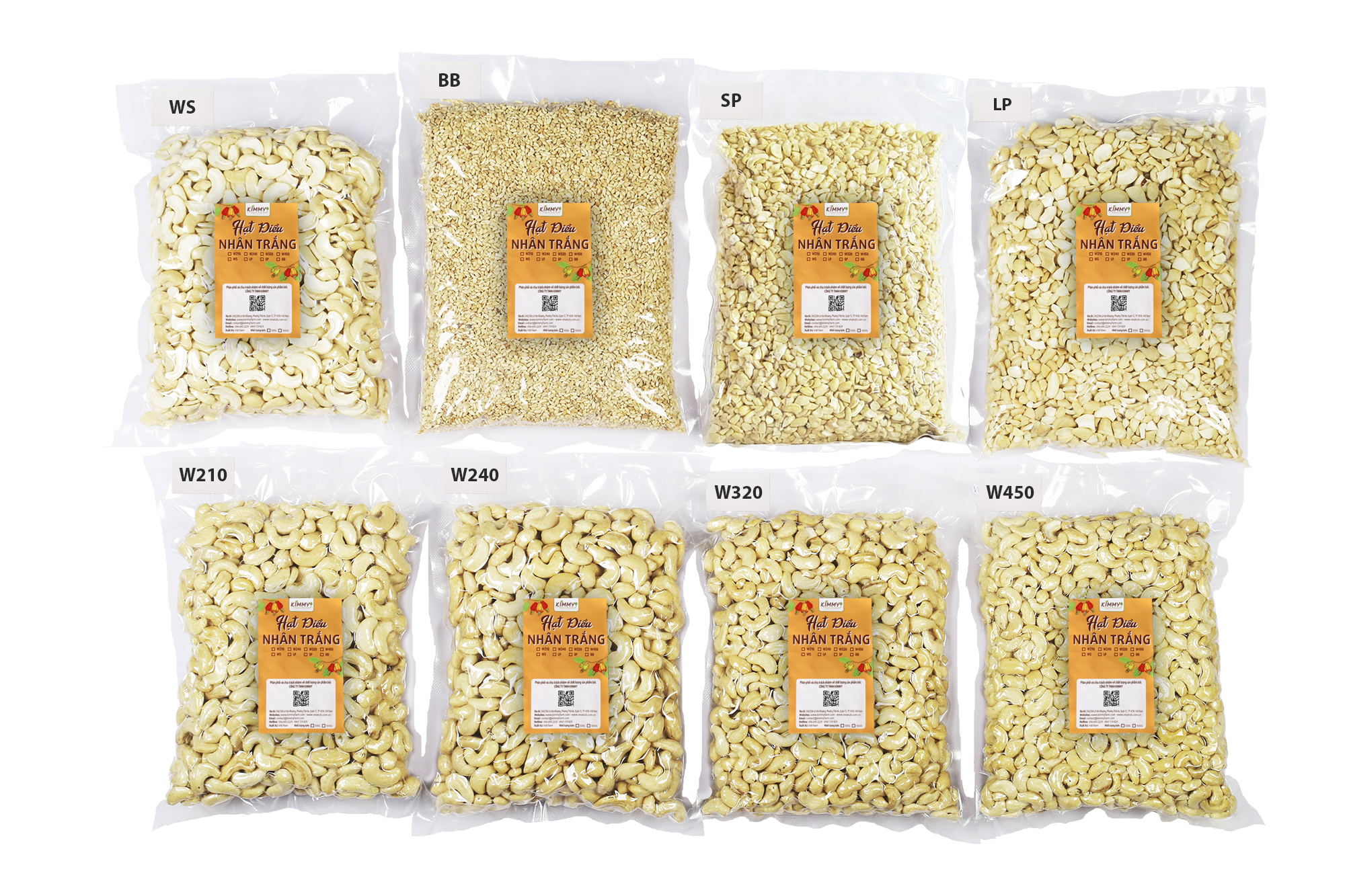
Một số loại Hạt ĐiềuVỡ thông dụng bao gồm: WB, WS, LWP, SWP, BB
Putting It Together: Yield Breakdown from 100 kg RCN
Let’s apply this to real numbers.
- From 100 kg of raw cashew nuts, you get approximately 22 kg of cashew kernels.
- That 22 kg would include:
| Kernel Grade | Approx. Weight (kg) |
|---|---|
| W320 | 9.9 kg |
| W240 | 4.4 kg |
| WS | 2.2 kg |
| W450 | 1.1 kg |
| LP | 0.66 kg |
| SP | 0.44 kg |
| BB | 0.22 kg |
Why It Matters for Buyers and Processors
Understanding this ratio is crucial when:
- Planning production and export volumes
- Calculating costs and profit margins
- Meeting customer demands for specific grades
- Ensuring quality control in supply chains
At Kimmy Farm, we provide full transparency about kernel yield and grade ratios in every shipment. Whether you are sourcing for wholesale, retail, or private label, we help you understand exactly what you’re getting.
Need to Buy Cashew Kernels?
We can provide cashew kernels in customized ratios and packaging to suit your business needs. Whether you’re looking for premium W240s or economical broken kernels, Kimmy Farm is ready to supply with consistent quality and competitive prices. Contact us today for a quotation or more information about our cashew products.
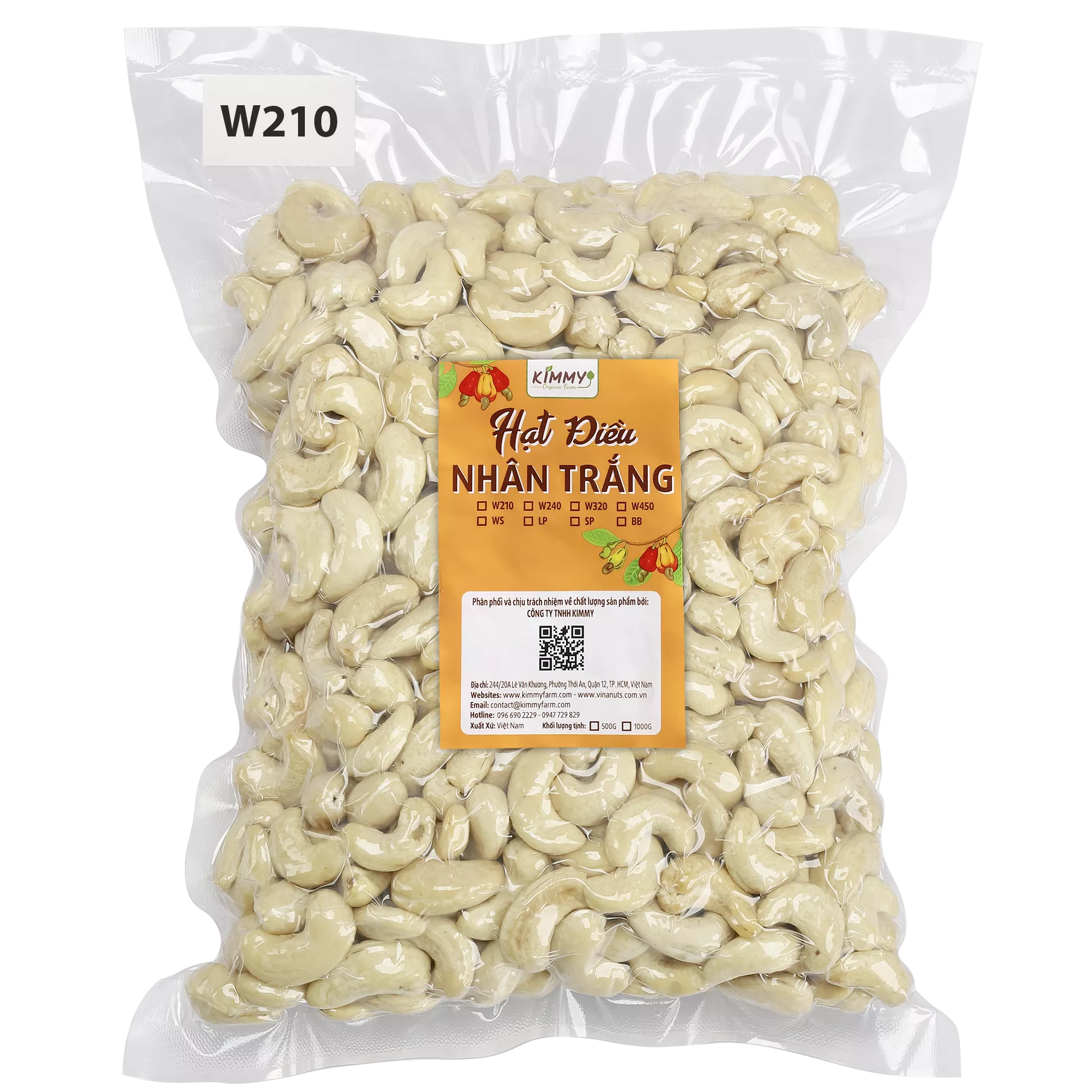
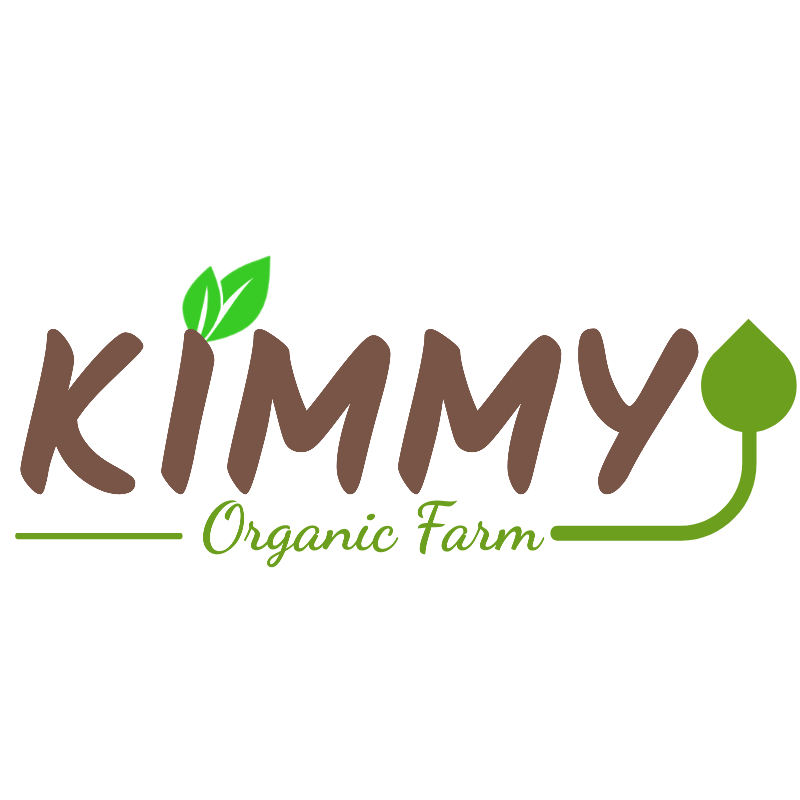
A brand specializing in the production and export of agricultural products in Vietnam. We have a black soldier fly farm in Tay Ninh and a cashew growing area in Binh Phuoc. The main export products of the company are: cashew nuts, cashew nut kernels, black soldier fly, frozen seafood, shrimp, prawns, catfish… from Vietnam.

